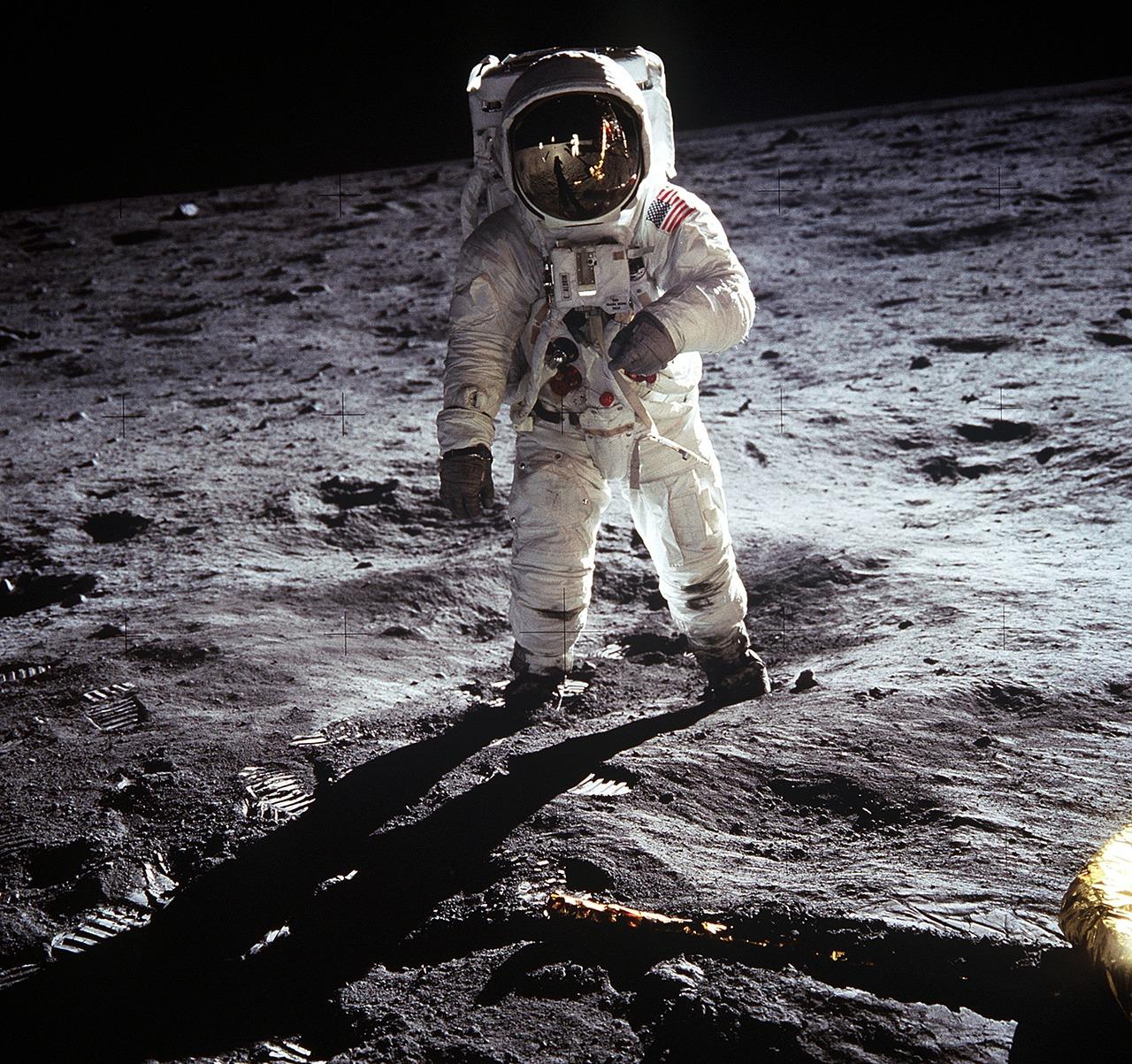In the 60s and 70s of the last century, NASA's Apollo missions enabled manned moon landings. To this day, however, many doubt the authenticity of the moon landing. One of the evidence presented by these conspiracy theorists was the astronauts' photographs, which they believed were actually taken in a studio on Earth because the sky was dark but no stars were seen, and the crew forgot to add stars on set. In fact, this claim does not hold true, and it also verifies the authenticity of the moon landing.

The Moon is tidally locked by the Earth, which means that it has only one side facing the Earth, and the day and night on the Moon last 14 days each. In order for the Apollo mission to work smoothly after landing, their landing site must have chosen to face this side of the earth, otherwise communication could not be carried out. And the landing must be made during the day on the moon, otherwise in the case of black lights and blind fires, it will be difficult for the lander to accurately identify the moon's craters and obstacles, and there are safety risks.
The Earth has a thick atmosphere, and when sunlight comes in, the sky looks very bright due to the scattering of the atmosphere. However, there is no atmosphere on the moon, and it does not scatter sunlight, so the moon sky is always dark regardless of the day or night of the moon.
So, the dark sky, why can't you see the stars? Similarly, on the Moon, sunlight can reach the lunar surface without atmospheric obstruction. In such an environment, whether it is direct sunlight or reflection from the ground, its brightness is very strong. Under such conditions, astronauts need to wear special glasses to filter the light, otherwise they will suffer from "snow blindness" and it will take several days to restore their vision.
In the night sky of the big cities, we can see very few stars, because the light pollution of the city is too serious, overshadowing the brightness of many stars. In such a bright environment as the moon during the day, it is obvious that the human eye can not see the stars. So, can a camera shoot a star? At that time, the camera of the moon landing used Hasselblad's film machine, in order to shoot the scene of the astronauts, the camera must adjust the sensitivity and other parameters, otherwise in such a strong light environment, the photos taken are overexposed. Therefore, in this case, it is impossible to photograph a faintly glowing star.
So, is it really impossible to photograph the stars on the moon? In fact, it is not necessarily true that Apollo 16 landed on the moon with a special camera, called a far-ultraviolet camera. It is specifically designed to photograph the starry sky, so that astronomers can carry out a series of astronomical studies.
<h1 class="pgc-h-arrow-right" data-track="7" > summary</h1>
The Moon does not have an atmosphere to scatter sunlight, so its sky is just as dark even during the day. It is precisely because there is no atmosphere that sunlight can directly hit the surface, coupled with the reflected light on the surface of the moon, the light intensity of the environment is very large, and neither the naked eye nor the camera can see the faint glowing stars.